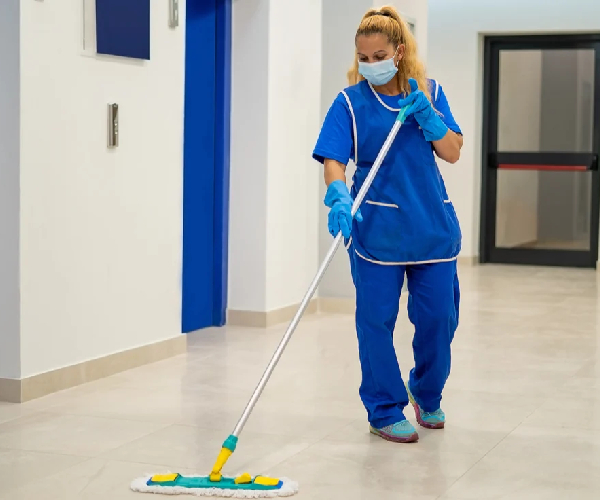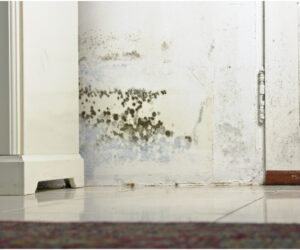To keep your home and family safe, you should take a number of precautions. The Centres for Disease Control and Prevention (CDC) recommends social distancing, which involves staying as far away from others as possible at home and at least six feet away when leaving the house. Important activities include grocery shopping, doctor appointments and outdoor sports. Many states have issued so-called shelter-in-place orders, which restrict freedom of movement when they are not deemed necessary.
Note that this list may vary from state to state. If you live in a country where there are safeguards or you are forced to stay at home, check the latest news to see where you can and cannot go.
During the coronavirus outbreak, you can take ten steps to clean and disinfect your home. Follow these cleaning steps and tips to learn how to safely disinfect your home. Learn how to disinfect the coronavirus in your home before you clean. Extend the duration of the regular cleaning processes and concentrate in particular on busy areas. Learn to disinfect the virus to prevent your home from being a breeding ground for the virus while you are on the move.
Try to stay as close to home as possible when you go and return home, and proceed with caution. The measures described above will help you keep your home safe and clean.
Washing hands regularly
Wash your face. Washing your face is one of the most important ways to keep diseases away from home. Before you start washing, make sure you follow the CDCs guidelines on hand washing. One of the guidelines is to scrub your hands with warm, soapy water for 20 seconds. You have to get in the habit of washing your hands regularly.
Use protective clothing and gear
Create protective clothing and supplies. If you have been given protective gloves, try to wear them in public. Throw away the gloves as quickly as possible and wash your hands as directed.
If you don’t have disposable gloves, you can use reusable latex gloves and wash them. You can also wear plastic gloves when you sweep. Sort your gloves into three piles: kitchen, bathroom and the rest of the house.
The CDC suggests wearing a mask in public to limit the spread of germs. It is also a safe idea to wear a mask after washing. This prevents you from inhaling hazardous chemicals that touch your skin.
Cleaning of each surface minutely
The first step is to remove dirt, germs and viruses from the clean surface. Scrub the surface thoroughly.
Most pathogens can be eliminated with warm soapy water. Wash with a sponge or cloth, use to clean hard-to-reach areas, including cracks and corners. This should be accompanied by disinfection in order to destroy any viruses that might remain on the surface. Thoroughly clean the surface.

Disinfect each surface properly
Make sure the package is cleaned properly. Use products recommended by the Environmental Protection Agency. If many of these products are not available, you can disinfect your surface with a CDC-approved solution of household bleach and water.
Packages to be disinfected
According to some reports, the cardboard coronavirus can survive for up to 24 hours. When you receive a package in the mail, make sure you disinfect it before you open it. We are sure that you shopped on-line during the pandemic.
Sanitize store-bought and groceries products
Wash your groceries and store-bought products. When you come home from the supermarket, disinfect your purchased products. This also applies if you have your groceries delivered to your home.
Clean your fruits, vegetables and products with safe soap and water. If possible, remove and recycle the original container of the product and replace it with your own. If you have your own bags, be sure to wash them thoroughly. Use a disinfectant to wash and clean packaged products.
Dispose of containers in which food was served
Dispensing container and food. When you get food to take away or deliver, swap the containers with your dishes as often as possible.
Coronavirus can survive on plastic surfaces for up to three days. Many restaurants need to change their hygiene practices to stay open, so it is best to eat as much of cardboard or plastic surfaces as possible.
Do laundry washing for clothes regularly
Make a habit of washing your clothes regularly. Wash your clothes as often as you can. This disinfects surfaces that may have come into contact with your dirty clothes, such as your basket or wardrobe. You also want to be safe by washing your clothes before you wear them to the supermarket. Wash them with warm hot water as quickly as possible and dry them over high heat to kill the bacteria.
If you do not have a washing machine, try to limit your trips to the launderette. Keep your distance from others and wear a face mask and gloves when out.
Separate the person who is sick
Isolate sick family members. If a family member becomes ill, try to limit it to a single bed. If they have not tested positive for the coronavirus, it is best to be safe and keep them away from the rest of your family. Check if you have food, detergents or bins. Wear gloves and wash your hands after you have treated everything they touch.
Sanitize regularly
Rehabilitate areas with heavy traffic. Clean these areas daily before departure and after returning home. Next we will look at some common surfaces and artifacts.
.
Conclusion
Staying indoors is the only way to stop the spread of the coronavirus pandemic, which continues to spread around the world. There is no need to leave the house for sports, shopping or other purposes. For maximum protection, follow the CDCs guidelines for cleaning and disinfection for home maintenance. Cleaning is a well-known anti-virus measure, whether you leave the house or not.




